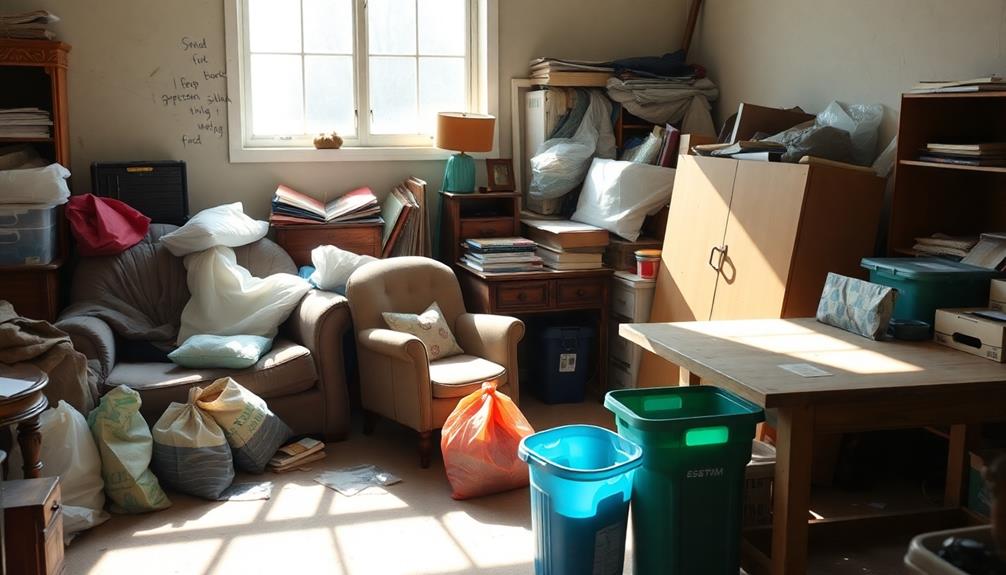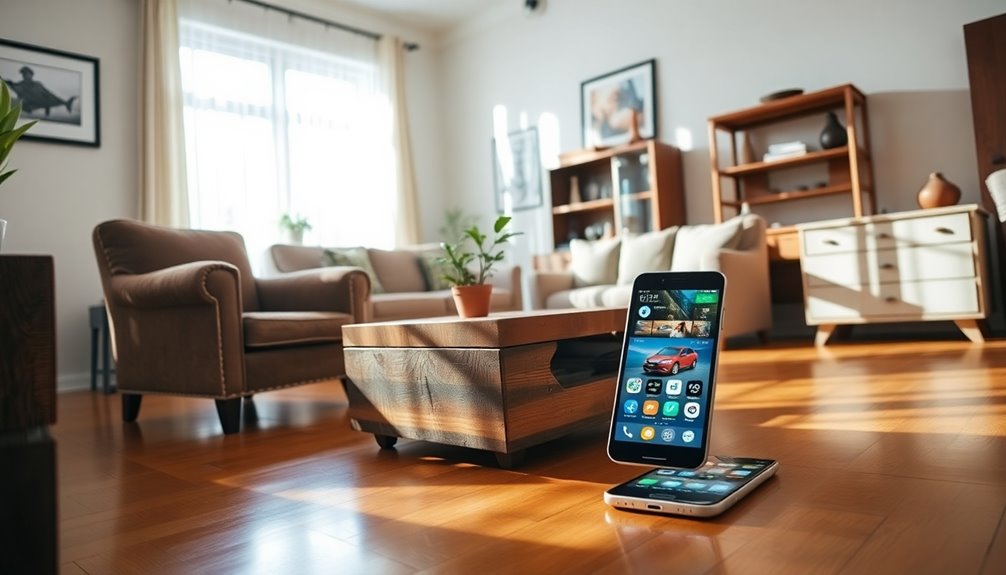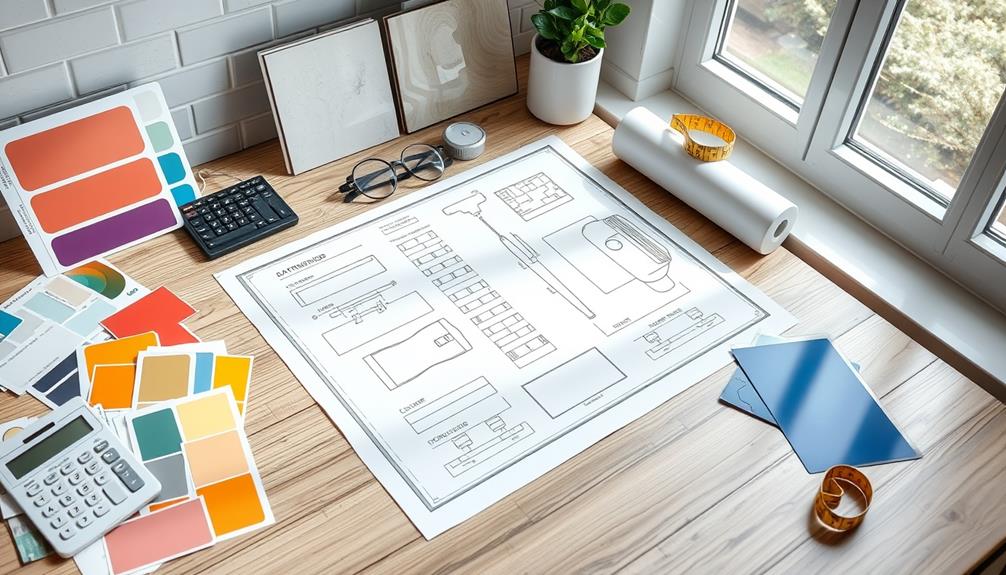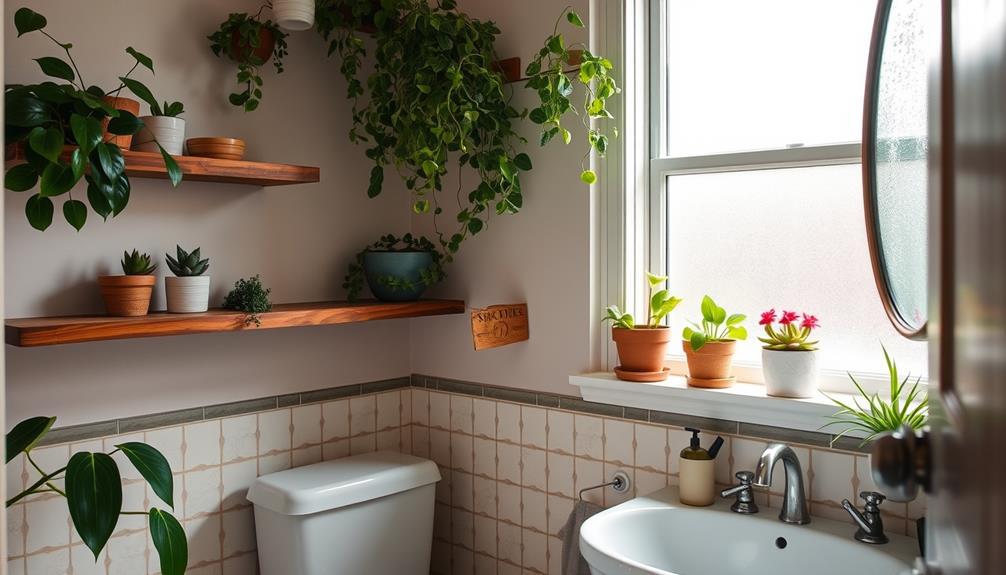When you need to get rid of furniture, first assess its condition. If it’s still in good condition, think about donating it to organizations like Goodwill or Habitat for Humanity. If it’s damaged, refer to your local municipality’s guidelines for options like bulk pickup or drop-off centers. Another good option is to hire a junk removal service, as they often recycle or donate items. For larger cleanouts, you may want to consider renting a dumpster to make the process easier. Make sure to familiarize yourself with local regulations to ensure safe disposal. Your community likely offers a variety of eco-friendly methods and resources that you can explore.
Key Takeaways
- Assess the furniture's condition to determine if it can be donated, recycled, or needs disposal.
- Consider donating usable items to local charities or community organizations to reduce landfill waste.
- Utilize junk removal services for efficient and eco-friendly removal of bulky furniture.
- Schedule curbside pickup or drop-off at designated facilities for immediate disposal of unwanted items.
- Research local regulations to ensure compliance with disposal methods and avoid potential fines.
Assess Furniture Condition
When you decide to get rid of furniture, the first step is to assess its condition carefully. Look for significant damages, like broken frames, severe stains, or unpleasant odors, as these issues may disqualify the item from donation or resale.
If the furniture is in excellent condition, it can often be donated or sold. However, if you notice minor wear, consider whether it's appropriate for recycling or upcycling projects. Additionally, consider the environmental impact of disposing of your furniture, as proper disposal methods can contribute to sustainability efforts in your community, such as natural remedies alongside conventional medications.
Don't forget to check for missing parts or functionality issues, as these factors can impact whether the item is salvageable or should be disposed of. If the furniture poses health risks, such as mold growth, it's crucial to dispose of it properly according to local regulations to avoid fines.
Taking photographs of the furniture can help you better assess its condition. These images provide visual evidence of its state for potential buyers or charities.
Donation Options
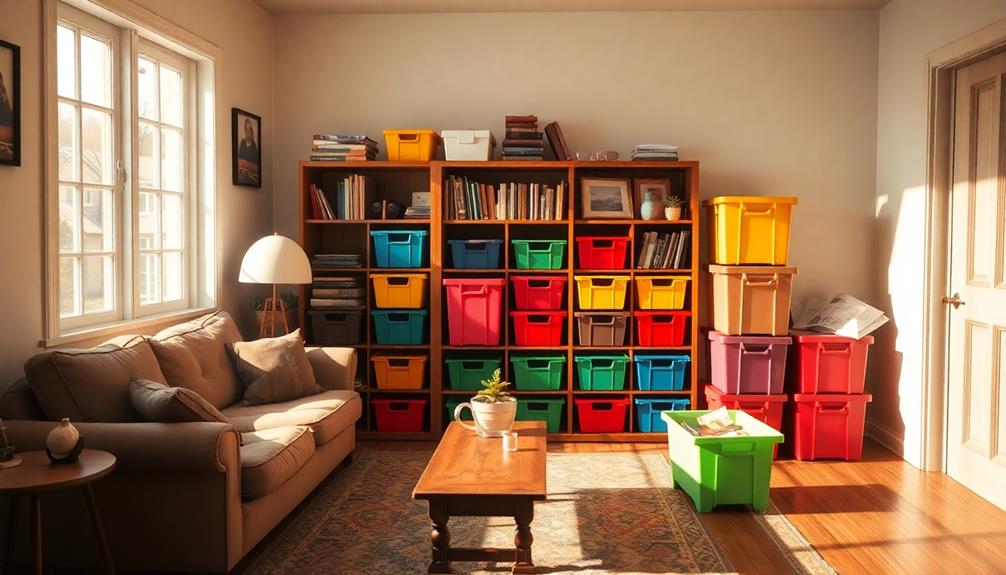
Donating furniture is a great way to give your gently-used items a second life while helping those in need. Many local charities, like Goodwill and Habitat for Humanity, accept furniture donations and often offer free pick-up services for larger items.
By donating, you not only support individuals and families but also contribute to reducing landfill waste, making your choice environmentally friendly. This act of kindness can also provide a sense of community and emotional support, similar to the resources available for caregivers financial considerations for elderly care.
Consider reaching out to community centers, shelters, or schools, as they often welcome lightly-used furniture to aid local residents. However, before you drop off your items, check the specific donation guidelines of the organization. Each center may have restrictions on what types of furniture they accept based on condition and safety standards.
For old appliances, the EPA's Responsible Appliance Disposal program can help you with eco-friendly disposal and recycling methods. This guarantees that your donations align with sustainable practices, further benefiting the community and the environment.
Curbside Disposal Guidelines
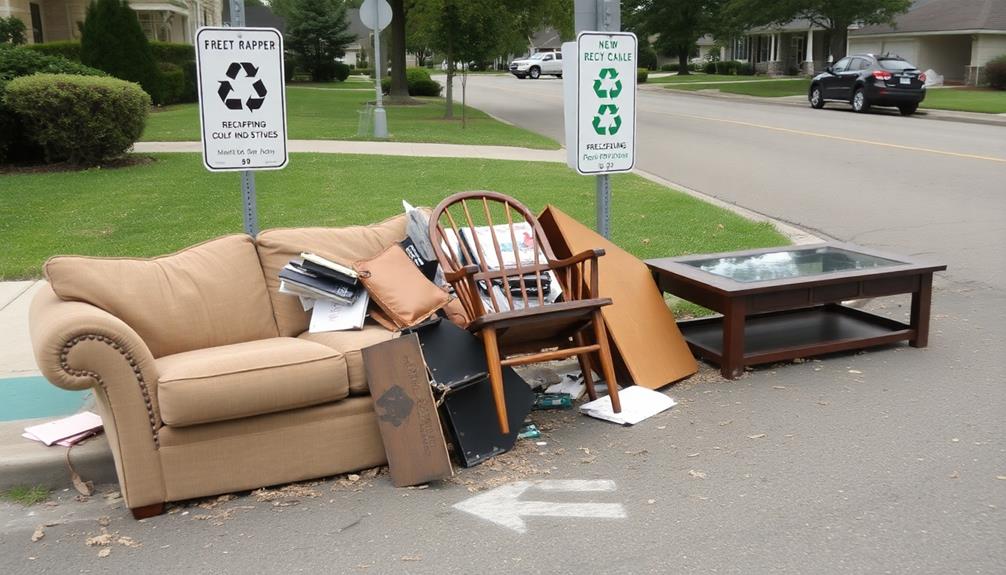
If you need to dispose of large furniture items, it's crucial to follow your local curbside disposal guidelines to avoid any fines or complications.
Proper disposal can contribute to a more sustainable environment, much like how understanding your financial common financial terms can lead to better money management.
Most municipalities require you to schedule a bulky item pick-up with waste management services rather than leaving items at the curb for regular pickup.
Here are some key points to take into account:
- Contact your local sanitation department for specific collection guidelines and schedules.
- Position items at least five feet away from obstacles to guarantee safe collection.
- Prepare an inventory of items for curbside disposal to confirm eligibility and facilitate scheduling.
- Check for restrictions on hazardous items that may require special handling, like appliances with refrigerants.
- Understand your disposal methods to guarantee compliance with local regulations.
Junk Removal Services

How can you simplify the intimidating task of furniture disposal? Consider using junk removal services.
Companies like Fire Dawgs send professional teams to manage your furniture removal efficiently and safely. With specialized tools and mini dump trucks, they tackle even the bulkiest items without any hassle on your part.
Best vacuums for dust removal in 2024 can also assist in cleaning your space beforehand, ensuring it's ready for new furniture.
One significant advantage of these services is the emphasis on sustainable disposal. Many junk removal companies aim to recycle or donate over 60% of the items they collect, ensuring your unwanted furniture doesn't just end up in a landfill.
You can schedule a free in-person estimate to discuss your furniture, allowing for transparent pricing before any work begins.
Renting a Dumpster
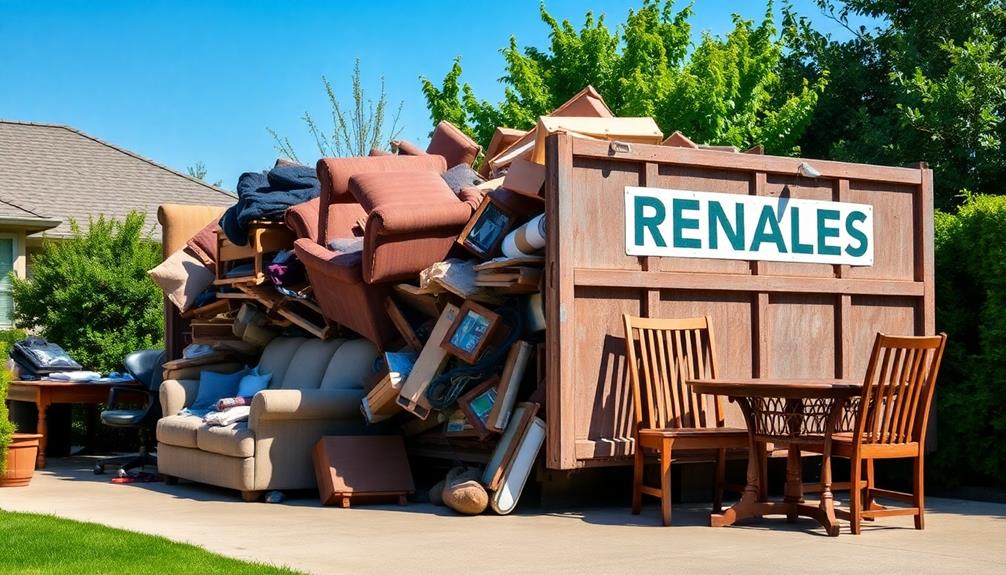
Renting a dumpster can simplify the process of disposing of unwanted furniture during larger projects like renovations or cleanouts. This option is particularly useful for guaranteeing that all debris is handled responsibly, including materials that may require special disposal methods, such as those seen in mechanic shops for fuel injection cleaning.
By choosing this option, you gain flexible disposal of not just furniture but also other debris, all on your own schedule.
When renting a dumpster, keep these key points in mind:
- Choose the right dumpster size to avoid overfilling and extra fees.
- Get upfront quotes from rental companies to budget effectively and avoid surprises.
- Know what's prohibited, as hazardous and liquid waste generally can't go in the dumpster.
- Schedule collection according to your timeline to guarantee convenient disposal.
- Consider mini roll-off dumpsters for projects that don't require standard-sized options, accommodating various disposal needs.
Recycling and Reuse

Recycling and reusing furniture not only benefits the environment but also helps your community by keeping valuable items out of landfills. You can start by exploring various recycling options available in your area. Many local charities and thrift stores accept gently used furniture, allowing you to donate furniture and support those in need. This promotes reuse instead of contributing to landfill waste.
Incorporating the right essential beach toys for family fun can also encourage creativity in children's playtime and extend the lifespan of outdoor furniture through proper care.
If you want to take a more structured approach, look into municipal recycling programs specifically for furniture. These programs process items to recover materials like wood and metal for new products. You can also utilize eco-friendly junk removal services, such as Fire Dawgs, which aim to recycle or donate over 60% of collected items, effectively minimizing solid waste.
Don't forget to visit local recycling centers for proper disposal methods that comply with community regulations. By adopting these sustainable practices, you're not just protecting the environment; you're also contributing to broader sustainability efforts.
Embrace recycling and reuse, and make a positive impact on both your surroundings and your community.
Local Regulations and Resources

Before disposing of furniture, it's crucial to familiarize yourself with local regulations and resources, as these can greatly impact how you manage unwanted items. Each area has specific disposal methods, and knowing them can save you time and prevent fines.
Additionally, understanding the value of proper disposal can contribute to community safety, as clutter can attract unwanted attention, much like how the presence of security systems deters burglars.
Here are some key points to reflect on:
- Check your local garbage service guidelines for curbside pickup rules, as they can vary considerably.
- Explore bulk item pick-up services offered by many cities, which let you schedule collections for larger items.
- Ensure items are free of hazardous materials, like batteries and chemicals, before leaving them for curbside pickup.
- Contact your waste management department to confirm disposal methods and avoid potential fines for non-compliance.
- Utilize community resources like Texas Disposal Systems or Citizens Convenience Centers for proper disposal options and recycling services.
Frequently Asked Questions
How Do You Get Rid of a Large Piece of Furniture?
To get rid of a large piece of furniture, schedule a pick-up with local waste services, rent a dumpster, or contact a junk removal service. You can also donate it to a charity. If the furniture is still in good condition, check with local shelters or secondhand stores to see if they are accepting donations, as this can be a great way to give items new life. For more guidance on how to dispose of furniture responsibly, consult your municipality’s waste disposal guidelines, which often provide specific instructions for large items. Recycling centers may also be an option for furniture made of materials like metal or wood. Additionally, consider selling the furniture online through platforms like Craigslist, Facebook Marketplace, or other resale apps, making it easier to pass the item on to someone who can use it. If you’re still unsure about **how to dispose of furniture**, contacting professional movers or contractors experienced in handling large items can be helpful. They may offer advice or services to ensure the furniture is disposed of in an eco-friendly and efficient manner.
How Do I Get Rid of a Couch Near Me?
To get rid of a couch near you, check local bulk waste pickup schedules, consider donating it to nearby charities, or sell it online. You can also hire junk removal services for a hassle-free solution.
Conclusion
When it comes to getting rid of your unwanted furniture, think of it as a fresh start—a chance to declutter your space and make room for new memories. Whether you donate, recycle, or dispose of it properly, you're not just throwing things away; you're creating a lighter, more inviting atmosphere. Remember, each piece you part with opens up a world of possibilities. So take a deep breath and let go, because your space deserves to shine.
